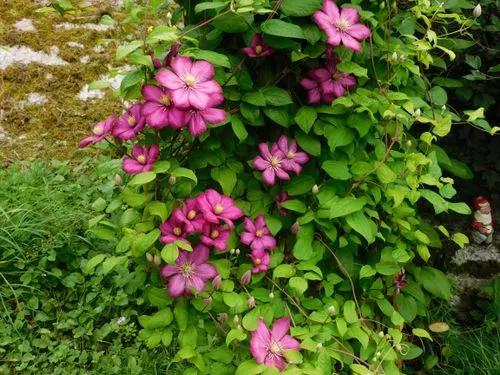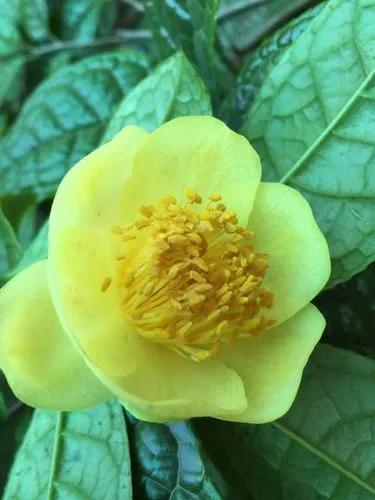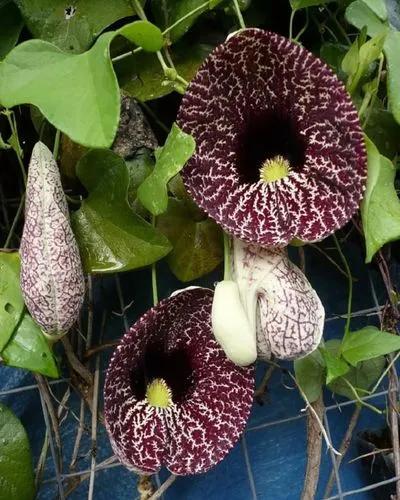Watercress is a very succulent, aquatic, perennial plant with stems that can be 50cm or more long.The plant is a fairly well-known salad crop, often gathered from the wild but also grown commercially and sold in markets. It is also seen as a very healthy, vitamin and mineral rich food and, as such, has gained a reputation for its medicinal uses.
Watercress Care
Nasturtium Officinale



How to Care for the Plant

Water

Watercress prefer a consistently wet soil, or you can mimic natural conditions by growing watercress plants in a bucket or other container.

Pruning

Just remove dead leaves and stems.

Fertilizer

Cacti fertilizer requirements are pretty simple. Any good houseplant food (diluted to half) that's higher in phosphorus than nitrogen is a good choice. A 5-10-5 solution can work well.

Sunlight

Full sun to partial shade.

Soil

Use a potting mix, which makes it safer for plants because it doesn't contain pathogens such as fungus or other diseases.

Temperature

Hardy to about -15°c

Container

Choose a pot with drainage holes, which also ensures potting soil doesn't stay too wet after watering your houseplants. The excess can freely escape out the bottom of the container, allowing oxygen to make its way to plant roots.

Additional

Whilst the plant is very wholesome and nutritious, some care should be taken if harvesting it from the wild. Any plants growing in water that drains from fields where animals, particularly sheep, graze should not be used raw. This is due to the risk of it being infested with the liver fluke parasite. Cooking the leaves, however, will destroy any parasites and render the plant perfectly safe to eat. May inhibit the metabolism of paracetamol

Popularity

969 people already have this plant 161 people have added this plant to their wishlists
Discover more plants with the list below
Related articles






